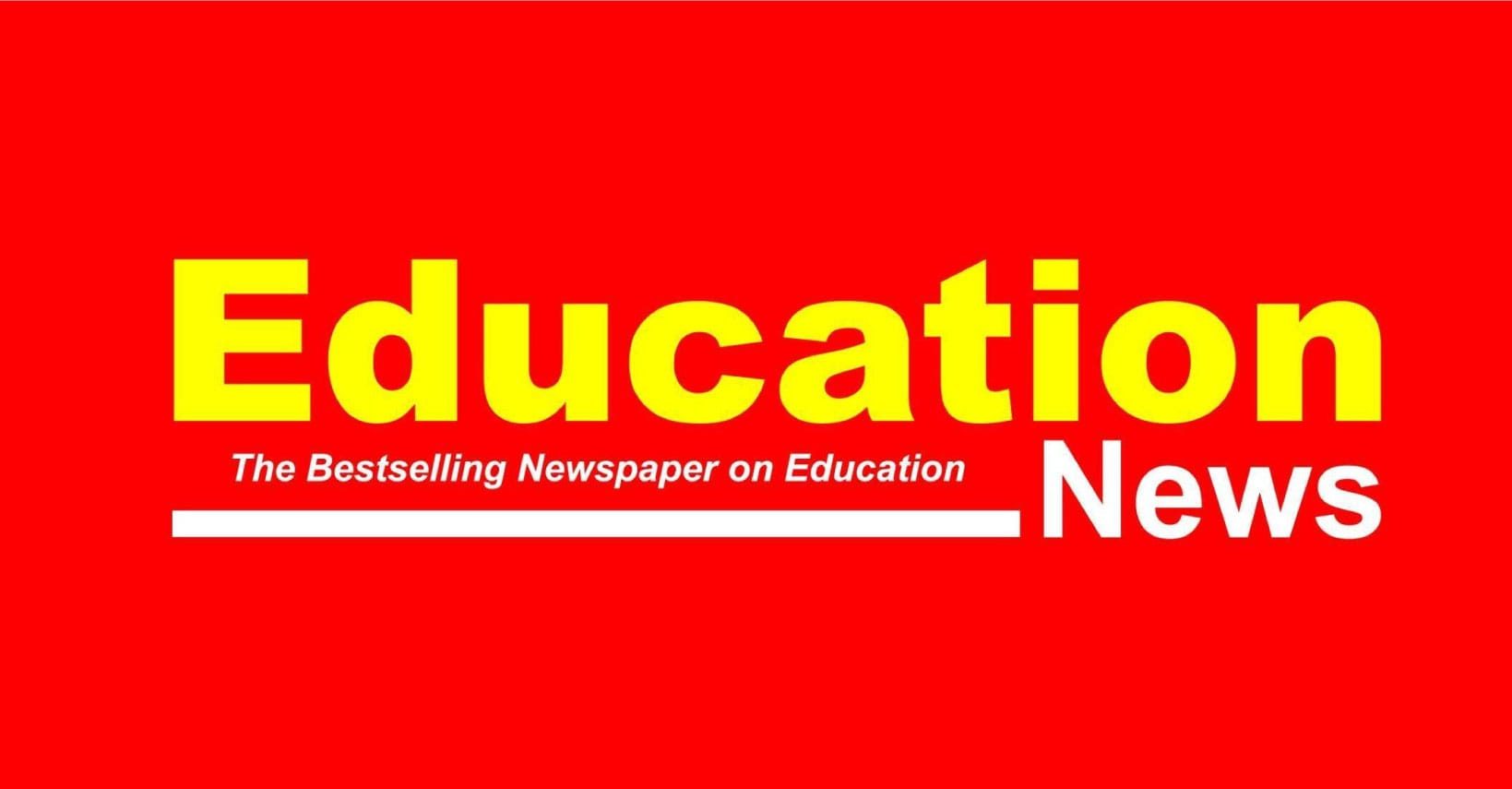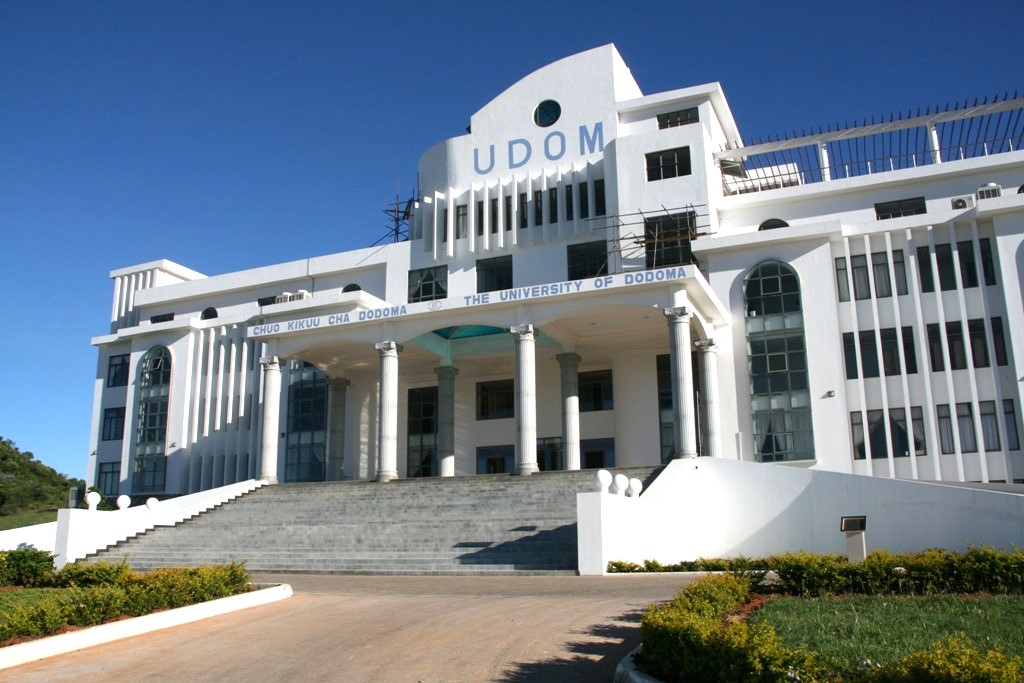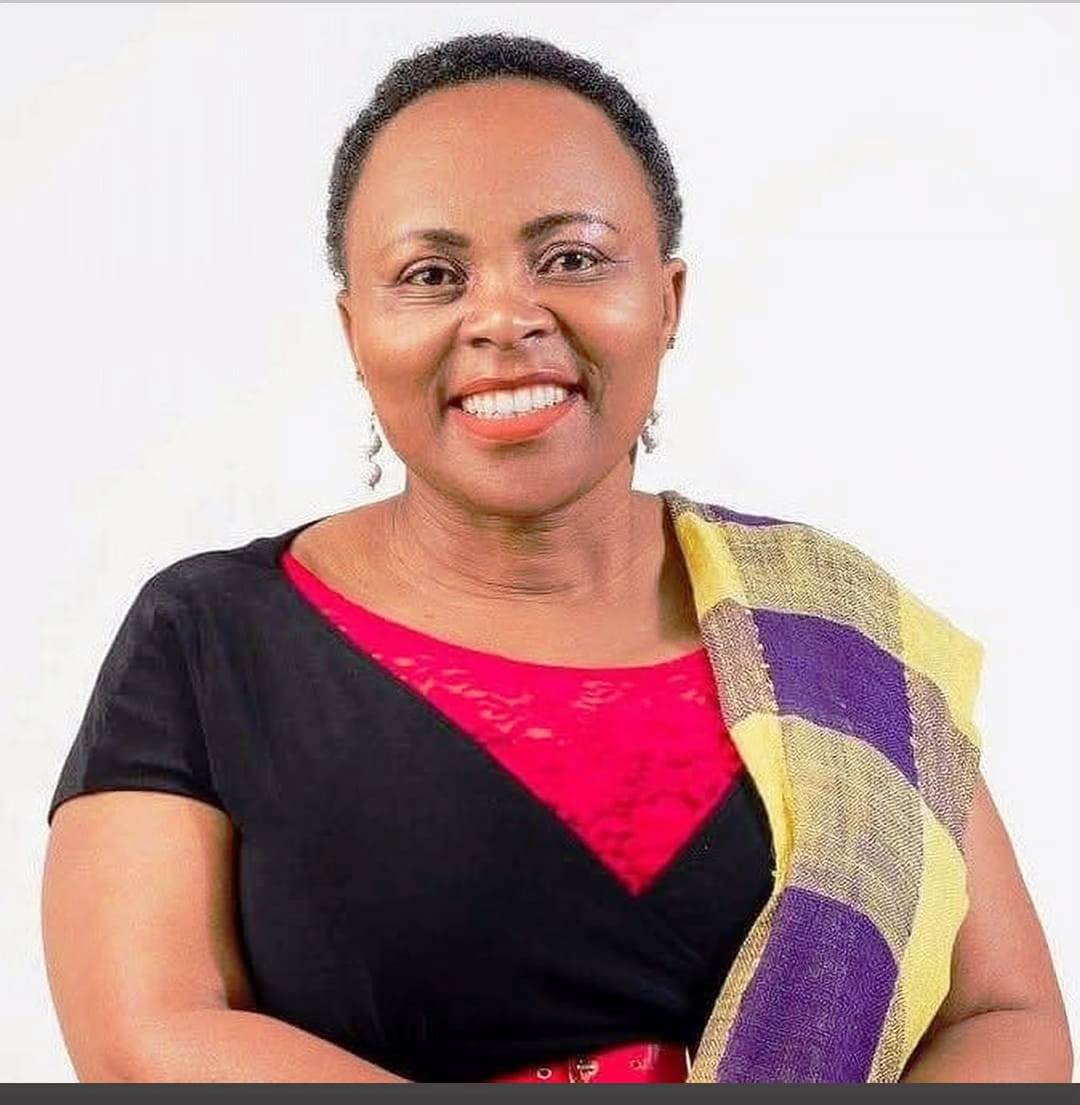In 2026 and 2027, schools will be implementing two different curriculums – 8-4-4 and Competency-Based Education (CBE). Therefore, schools should write new, or review the existing Strategic Plans. A Strategic Plan is a document spelling out what an institution intends to do in a span of 5 years. It should be an optimistic, realistic and futuristic management document.
In a heroic book titled School Administration and Management, Geoffrey Wango contends that Heads of Institutions rely on Strategic Plans to steer schools towards success. Meaning, existence of Strategic Plans in schools assist Principals to remain transformative, visionary and strategic in their leadership approach.
Largely, development of Strategic Plans focuses on strategic formulation and strategic implementation. When an institution decides to write new, or review the existing Strategic Plan, need or gap analysis should be done. When formulating new Strategic Plans; there is the need of reading previous ones so as to ascertain what was, and what was not implemented within the span of 5 years.
Likewise, while reviewing existing Strategic Plans, it is important to assess the level of implementation; including new things that should feature. For instance, in case the Strategic Plan reads 2023-2027, it calls for serious reviews because there is what should be done in secondary schools as they shift to Senior Schools in 2026 to receive the Grade 10 Learners – the pioneers of the CBE.
In actual sense, for the sake of writing new, or reviewing the existing Strategic Plans to meet basic infrastructure requirements in CBE Senior Schools, it is imperative to understand the 3 Career Pathways – Tracks and Learning Areas. Then, align aspects such as SWOT analysis, prioritized projects, strategic directions and implementation budget projection; to meet basic infrastructure requirements in CBE.
ALSO READ:
Ideally, SWOT stands for strengths, weaknesses, opportunities and threats (SWOT). It is a situational analysis of the institution. In SWOT, consultants prepare two tables. The first one captures strengths and opportunities as internal factors. The second table, captures opportunities and threats, as external factors.
At God’s Pen Consultancy (Penman Programs), when we sit to write Strategic Plans, we develop SWOT analysis against 12 Strategic Directions: (1) academic affairs, (2) co-curricular activities (3) students’ welfare, (4) human resource management, (5) physical facilities and equipment, (6) transport and communication, (7) school image and public relations, (8) safety and security, (9) environment and sanitation, (10) resource management and utilization, (11) finance mobilization and management, and (12) CBE preparedness.
So, Strategic Directions or issues or themes, cascade to objectives and strategies or actions. Again, for the sake of aligning school Strategic Plans to meet basic infrastructure requirements in CBE Senior Schools; special attention should be given to the strategic direction number 5, which is physical facilities and equipment. A document titled Guidelines on Selection and Placement of Learners to Senior Schools points out basic infrastructure requirements in secondary schools as they become Senior Schools in 2026.
For instance, for Social Sciences, the Track of Languages and Literature has the following Learning Areas: Literature in English, Fasihi ya Kiswahili, Kenya Sign Language (KSL), Arabic, French, German, Chinese Mandarin and Indigenous Language(s).
In order to offer this Track, Senior Schools should upgrade their tuition facilities such as classrooms and libraries. Then, there is the exigent need of setting up ultra-modern multi-purpose halls, theatres, ICT or digital device and language labs or rooms. Still on Social Sciences Pathway, there is Humanities and Business Studies Track, which has the following Learning Areas: Christian Religious Education (CRE), Islamic Religious Education (IRE), Hindu Religious Education (HRE), Community Service Learning (CSL), History and Citizenship, Geography and Business Studies. For the sake of preparedness, schools require subject rooms, ICT or digital devices and weather stations for Geography.
ALSO READ:
Teacher association moves to court to block degazettement of hardship areas
In addition, in STEM Pathway, there is the Pure Sciences Track with the following Learning Areas: Mathematics, Biology, Chemistry and Physics. In relation to basic infrastructure requirements, schools should have fully equipped science labs, standard classrooms, ICT or digital devices, water points and Mathematics rooms. Then, in the Track of Applied Sciences, Learning Areas include: Computer Science, Home Science and Agriculture.
For the sake of ample preparation, Senior Schools require spacious land for crop and livestock production, workrooms for Agriculture and Home Science, botanical gardens for Agriculture, storage for Agriculture and Home Science equipment, computer labs and ICT or digital devices. The Technical Studies Track in the STEM Pathway has the following Learning Areas: Aviation, Building and Construction, Electricity, Metalwork, Woodwork, Media Technology, Marine and Fisheries Technology. There should be enough classrooms, ICT or digital devices, photo studios, fish ponds, models of aircrafts and multi-purpose workshop.
Finally, in the Arts and Sports Science Pathway, the Track of Arts has these Learning Areas: Fine Arts, Music and Dance, and Theatre and Film. There is the need for ICT or digital devices, audio and video-recording devices, costumes, props, musical instruments, dance and art studios, paint and thinners, classroom instruction area, demonstrator’s desk, storage area, clean up area and a lockable teacher’s prep area. In the Track of Sports Science, the Learning Areas include: Physical Education and Sports and Recreation.
Senior Schools require in-door and out-door play fields, athletic tracks, gymnasium, protective gear, standard swimming pool, water safety equipment, lane ropes, pool attendant, store, appropriate uniform, standard classrooms and ICT and digital devices.
By Victor Ochieng’
The writer assists schools to write new, or review existing Strategic Plans. vochieng.90@gmail.com. 0704420232






